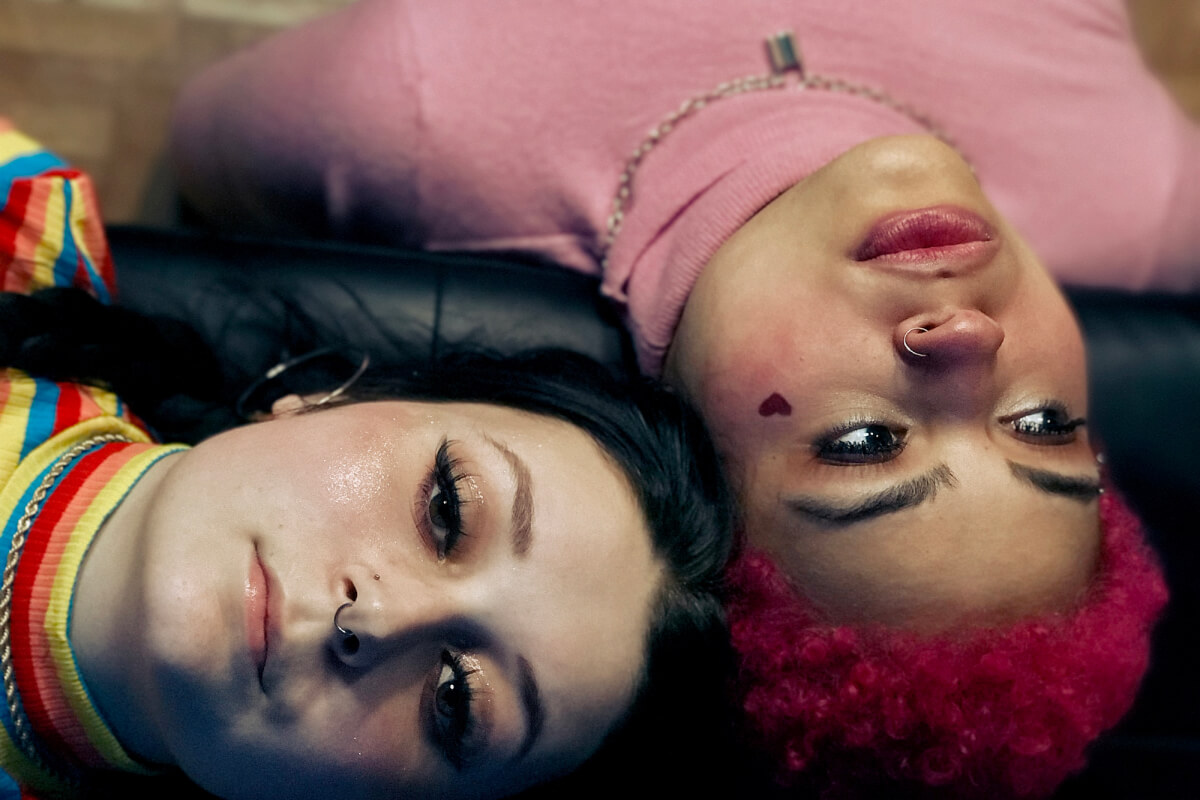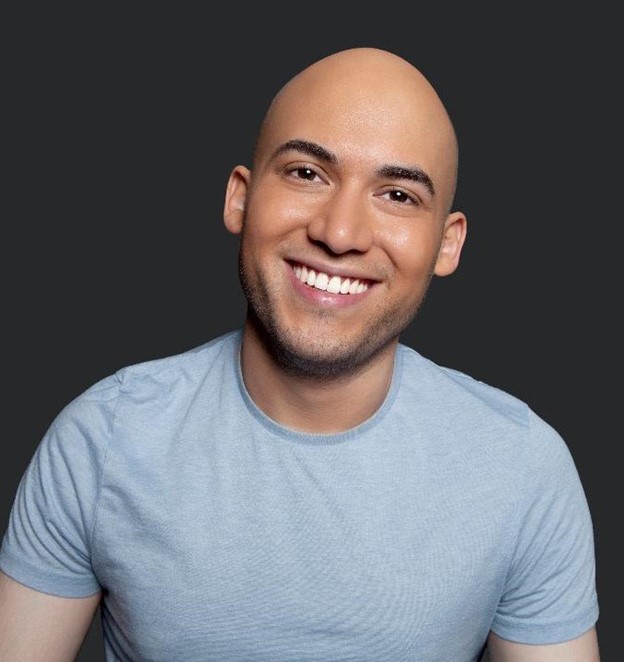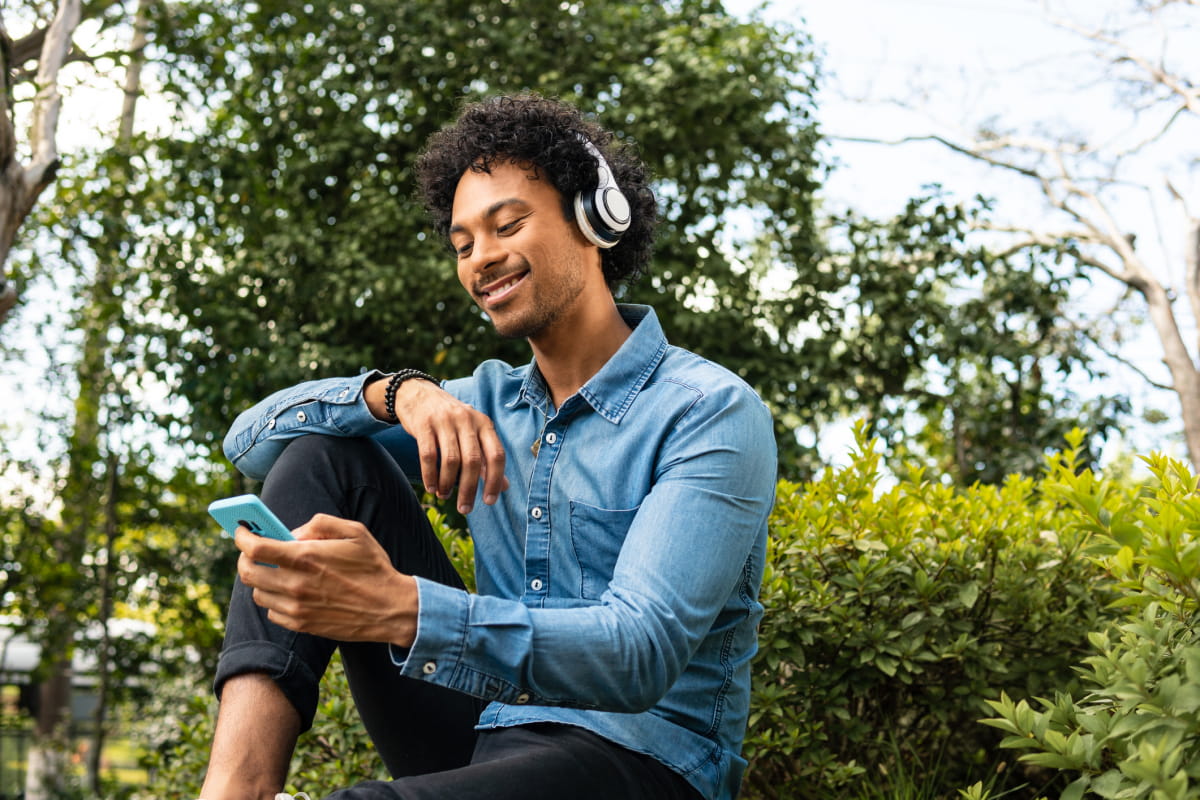In June as we celebrate the LGBTQ community, we also need to be aware of people that do not always get the spotlight. There’s a segment of the LGBTQ community whose experiences might not be as widely discussed.
A 2020 “Nature Communications” meta-analysis found that 3-9% of adults who identify as transgender or have other gender-diverse identities and expressions might be autistic. Building on this, another study from 2020 delved deeper into the experiences of this group, revealing that people who are both autistic and transgender experience higher levels of depression and anxiety compared to those who are neither autistic nor transgender. These mental health concerns may stem from the compounded challenges they face.
Autistic people who are also LGBTQ might experience discrimination that goes beyond what non-autistic LGBTQ individuals encounter, impacting their overall wellbeing for several reasons.
1. Autistic People Experience Sexual Attraction
First, some people wrongly believe that all autistic individuals don’t experience sexual attraction. Others might doubt an autistic person’s ability to understand or talk about their gender identity just because they’re on the spectrum.
Some traits and characteristics commonly associated with autism, like having intense interests or hobbies, can be used to dismiss an autistic person’s LGBTQ identity as just a “special interest.”
2. Autistic Youth Often Struggle to Make Friends
Second, many autistic individuals find it hard to make friends when they are growing up, and they may spend a lot of time on their own. Also, because of some delays in their development, they might go through puberty and adolescence, both mentally and emotionally, later than their non-autistic peers.
This means they might not have friends their age to talk to about things like gender and sexuality, and they might become aware of their own bodies and feelings later than others.
3. Autistic LGBTQ+ May Struggle to Find Support in LGBTQ+ Community
Third, because of the traits and characteristics often associated with autism, autistic LGBTQ individuals might have difficulty finding a supportive community within the larger LGBTQ community. For instance, in the past, many LGBTQ people used gay bars as places to meet and socialize with others in a safe environment.
But for autistic LGBTQ individuals, this kind of setting might not work well, mainly because it can be overwhelming due the:
- Crowds
- Noise
- Loud music
- Bright lights
4. Autistic Job Seekers Face Unique Challenges
Lastly, for many autistic individuals, their traits and characteristics can make getting hired for a job challenging. But when someone also identifies as transgender, it can make things even more difficult. This is especially true if either their autistic or their transgender identity is noticeable or stands out in some way to unaccepting people.
How to Support Individuals With Intersectional Identities
Here are some ways to support individuals with intersectional identities. Although this article focuses on LGBTQ, these strategies can also be applied to categories like:
- Race
- Social class
- Gender
- Whether someone is an immigrant
- Their religion
- Their age
Respect Individuality
Remember that everyone’s experiences and backgrounds are unique, shaped by their:
- Family
- Culture
- Home life
Their journey has uniquely shaped their perspective and influenced how they relate to their environment, so we suggest offering flexible work arrangements.
Avoid Assumptions
Understand that what works for one person might not work for another. For example, don’t assume that the way an autistic or transgender person interacts will align with what’s often depicted in the media or the medical literature. Instead, ask them directly about their preferred pronouns, communication channels, or any accommodations they might need.
Create Safe Spaces
Ensure safe and welcoming spaces where intersectional individuals can express themselves. Sincerely listen to what they have to say. For instance, consider setting up cross-ERG events to discuss intersectional identities.
Listen to Their Stories
Take the time to listen to and appreciate the stories and insights that intersectional individuals share. Their unique experiences can teach us a lot. For example, read a collection of narratives on LGBTQ and autism, as found in the book “Gender Identity, Sexuality, and Autism” by Eva A. Mendes and Meredith R. Maroney.
Invite Them to Speak
Offer intersectional individuals the opportunity to speak at events, such as conferences and company meetings. This allows them to share their perspectives with a broader audience, who might not otherwise hear about their group-specific issues in events with more general topics.
Be a True Changemaker
Empower yourself with the belief that one person can make a significant impact. By holding this belief, you can foster a more inclusive and understanding environment through your actions. Team up with professionals in behavioral health who can:
- Provide guidance
- Hold you accountable
- Help you sustain positive changes over the long term
Conclusion
In reflecting on LGBTQ History Month and the myriad of voices within the community, it’s vital to recognize and uplift those at the intersections, particularly the autistic LGBTQ individuals who navigate unique challenges.
References
- Warrier, V., Greenberg, D. M., Weir, E., Buckingham, C., Smith, P., Lai, M. C., … & Baron-Cohen, S. (2020). Elevated rates of autism, other neurodevelopmental and psychiatric diagnoses, and autistic traits in transgender and gender-diverse individuals. Nature communications, 11(1), 3959.
- Murphy, J., Prentice, F., Walsh, R., Catmur, C., & Bird, G. (2020). Autism and transgender identity: Implications for depression and anxiety. Research in Autism Spectrum Disorders, 69, 101466.
- Mendes, E. A., & Maroney, M. R. (2019). Gender identity, sexuality and autism: Voices from across the spectrum. Jessica Kingsley Publishers.
- Brown, L. X., Ashkenazy, E., & Onaiwu, M. G. (Eds.). (2017). All the weight of our dreams: On living racialized autism. DragonBee Press.











